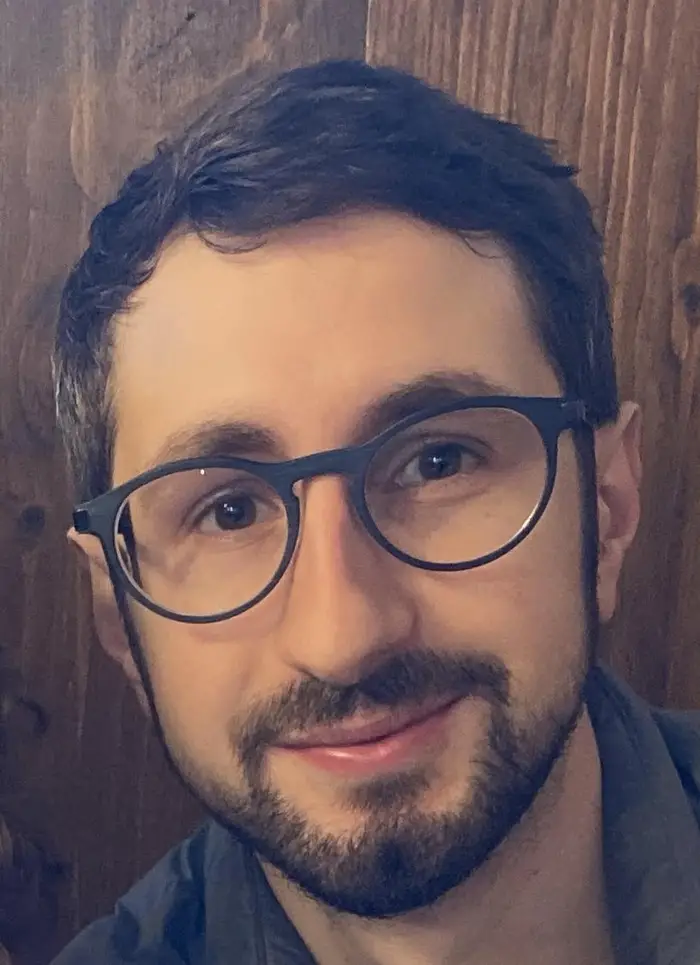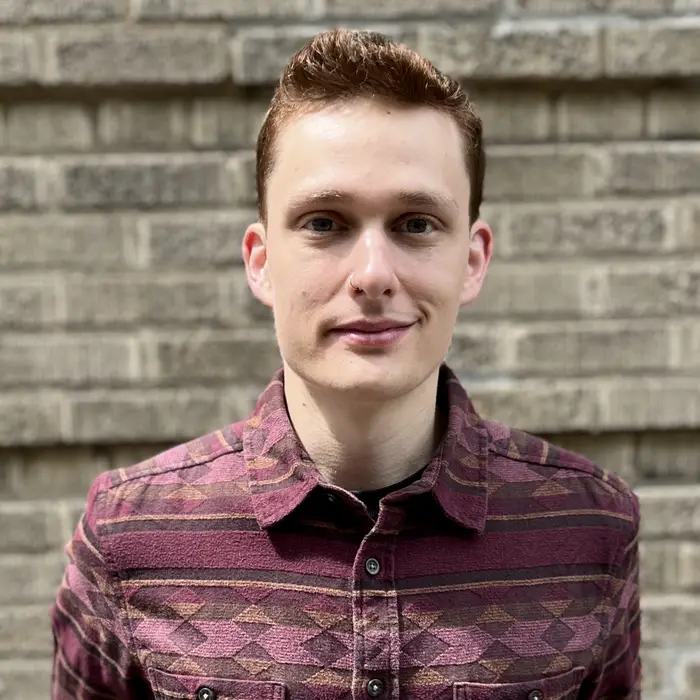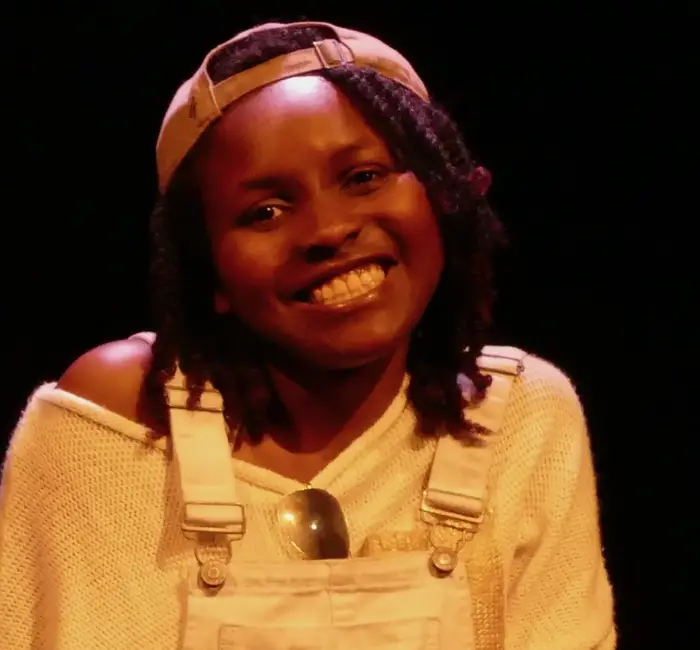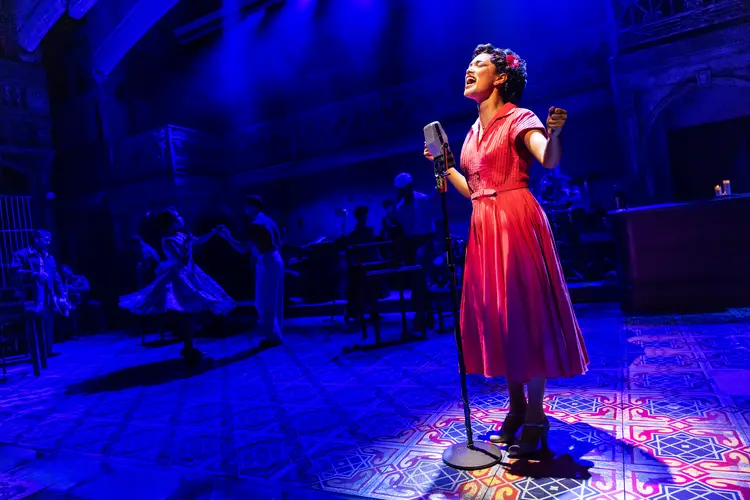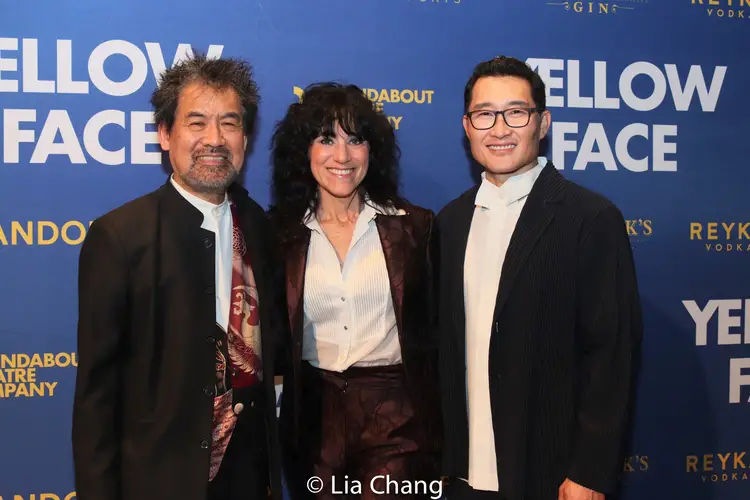
Alumni Sound Designers on Broadway Share How CMU Shaped Their Careers
Media Inquiries
Cuban music resonates at the heart of “Buena Vista Social Club,” setting the tone for a story with sounds as vibrant as the colors of its costumes and the design of its set.
Capturing and balancing the sounds of the stage — the job of a sound designer — helps to transport the audience into the heart of the story unfolding onstage.
Sound designers blend technology and creativity in their work, especially on Broadway. As Carnegie Mellon University celebrates the Tony Awards, five alumni participated in a recent conversation (edited for clarity) to discuss the interdisciplinary approach that Carnegie Mellon infused into their careers, the collaboration in the craft and much more:
Q: How does your work as an individual sound designer contribute to the end result on stage?
Peter Hylenski: There's so much detail that goes into the work as a sound designer. And as a quite small team, we have a wide scope. We come into these projects, and we're asked to tell a story by using our craft, which is sound, but the level of artistic detail and technical engineering is a meld of art and science.
My degree from CMU was in drama. There wasn't as much of a sound department at that time, so I was studying and thinking about what everyone else in the room does. I wanted to know what the lighting designer was doing, what the costume designer and the set designer were doing, and how I could integrate my work with theirs, and, when I walked into a room, how that made me a better collaborator. I spent a lot of time at CMU doing things other than sound, which is helpful now when I’m in the room with my fellow creators.
We all have struggles when we're putting together shows, but the important part is to understand what the other designer’s struggles are, and to be able to respond as we're building a show together. Whether it's our equipment, sharing locations or figuring out how we can work hand-in-glove to deliver a scene cueing-wise, It’s a team that needs to function as one.
Dan Miele: When we’re working together, Peter’s approach is top-down and mine is bottom-up, from a technical perspective. We have an artistic goal, and then we're both coming at it, meeting in the middle to actually make it happen.
The thing I've taken away most from CMU is that everything we do should be in service of telling the story. There's no reason to have technology for the sake of technology, or create an effect just because it's cool. We’re most effective when the team is all pointing in the same direction to actually tell the story that's attempting to be told.
Thomas Ford: On “Buena,” in my role as programmer, I was working with a number of different technologies, combining them in a way that hadn’t been done before. My goal was to support that system, which kept the band in sync on stage and enabled other people in the space to collaborate as well as possible.
The technology we use is really cool, and it enables us to make exciting art, but it also has the potential to slow us down; we have to make sure the story doesn't trip over the technology. One of the things I liked about CMU was that the approach combined a mix of older technologies and cutting edge ones.
Daniel Lundberg: With the scale of these projects, on specific timelines to achieve specific artistic results, we need to work with a lot of people. Oftentimes, we're putting together teams of some people who we know and who have worked together before, but there are always new people on the team.
Carnegie Mellon focuses on process in a way that’s not going to take some cookie-cutter way of how you approach sound design, or how you approach band monitoring on stage. Instead, we're going to focus on: How do we come into a room with an entirely new group of sound people and a new group of musicians, when we don't have time to get to know each other as a group, and we have to be performing from the get-go? What makes us effective at that?
There's no template for how a Carnegie Mellon designer’s show sounds, or what a system that somebody learned in system design at Carnegie Mellon looks like. Instead, what all the people in this conversation can do is come into a new process, start from scratch, and get up to speed very quickly. So I appreciate how CMU’s program — not just for sound folk, but for everybody in design and production — focuses on that quite deliberately. And I think we've all benefited from that approach.
Q: How often do you work with other CMU alumni in a professional setting? Is there a shared vocabulary or an ease of going in to a room or a team where there are multiple people who have had the same training?
Hylenski: I get to work with Dan (Miele) almost seven — maybe eight — days a week at this point. Looking around this room at graduates from many different years, there is a level of professionalism. When a CMU graduate walks into the room, for me as a designer, I have a level of comfort when I know the folks that I'm collaborating with are ready to work in the pressure cooker of creating new commercial theater. It's not an easy process. Often there are time constraints, schedule constraints, a lot of fast-moving parts, a lot of stress and a lot of pressure put on us. So when you're in that situation, you want to know that the people you have around you are up to the task. Something CMU has demonstrated time after time is that there's a level of professionalism to its graduates that makes them ready to jump right in.
Lundberg: There's a camaraderie by default with other Carnegie Mellon graduates. Moses, our associate director(opens in new window), and some of our cast(opens in new window) are Carnegie Mellon graduates as well, who I hadn't worked with before.
Tate let me know that they had gone to Carnegie Mellon. Once we put that together, we had an immediate camaraderie, because we had so much in common and we'd learned a lot of the same things. It's super cool to be able to start a professional relationship with somebody as if you've been working together for four years, even though you've just met. The Carnegie Mellon bond that we all have gives that to us.
Ford: I find myself constantly on shows with actors from CMU, and whenever I'm working with them, there's that immediate connection. Sometimes you’re backstage, and you're helping somebody you just met with their mic, or you're working with somebody closely in a dressing room, which can be an awkward space. Then, suddenly you have this moment: “Oh, you know Dick Block(opens in new window)?”
Q: Did the interdisciplinary ethos of Carnegie Mellon help your approach now as a professional?
Lundberg: That's a great question. One of the most influential classes I took at Carnegie Mellon was 15-112(opens in new window), which is Intro to Computer Science. I've gone on to do sound, and realize that we have problems or challenges to solve that the tools don't exist for. So, many of us make the tools, rather than lament or circumvent the problems, and sometimes we need to make software tools.
It was a great introduction to how to think about software programming that wasn't unique to a specific language or specific end goal, but instead the mindset. You can start with a blank screen and build a piece of software, which then you can use to serve your art. That’s been pretty incredible.
Miele: That was the first thing that popped into my head as well. I also took 112. I learned to think about solving problems in a logical way and understand the conceptual building blocks to come up with a solution. I didn’t realize it at the time, but the class provided a foundation for a lot of the work I do today.
Tauheedah “Tate” Abdullah: I didn’t take 112, but I did take the Arduino classes with IDeATE(opens in new window) and the Exploded Ensemble experimental music class(opens in new window), which I found helpful. It was geared toward having a specific thing you're trying to do and working with small electronics. How are you going to make this happen, programming an electronic device? And I actually got to utilize that for real, making a tiny speaker and working with objects to make noise and trigger music. When you only have really small space to do something, or you have to put something into a prop, can you make this happen?
Lundberg: In the School of Music(opens in new window), I took a recording class and a music psychology class. Ricardo (Schulz)(opens in new window) had a big influence on my thinking about the input side and the musical side of sound. And then, the psychology of music class helped me think about how the audience might receive that sound.
Ford: Yeah, Ricardo’s classes were really useful. One of the biggest things I learned in them is how to talk to musicians, albeit in the context of the School of Music. They were classical, and the language they use is more specific than, say, that of a Broadway pit musician. Still, it gave me a different perspective of what musicians are thinking that helps inform how to have a dialogue with them.
Q: What advice would you give someone who was thinking about attending Carnegie Mellon, whether for drama generally or sound specifically?
Ford: For me, those first three semesters of being exposed to every department were huge. I certainly had friends who lamented the fact that they were watercoloring when they really wanted to be programming moving lights, but I don't know if I would have ended up in sound, were it not for the broad exposure during those three semesters and a work-study job(opens in new window) in the sound department.
Lundberg: To your point about watercoloring, I was one of those people who knew, before I went to Carnegie Mellon, that I wanted to do sound, but found myself taking watercoloring classes. Years later, I was painting some microphone to match some actor’s skin and hair, and I found myself thinking about how much red was in this brown. And I had to flip Susan Tsu(opens in new window) an email saying, “Hey, thank you for this. It was that watercolor class that helped with this.” The farther away you get from it, the more you appreciate those things you don't appreciate at the time, and how they all have an influence on your craft later.
Abdullah: My process is a little different because I came in as a grad student, but because I was coming in post-COVID, there was a lot of immediately trying to connect and talk with everyone from different areas. There was a lot of focus put on everyone talking to each other or having group discussions. So much of it was about what it means to tell a story. Where do you fit in that storytelling, and how do you want to communicate with your fellow creatives in your cohort? There is a really big bond among each cohort that exists because you're coming in together and you're trying to communicate and share these ideas together, and utilize each other's different skill sets. I found that to be incredibly rewarding and very humbling at times, to see the different perspectives.
Hylenski: Especially in sound, when you walk into the room for the first time, you're ready to turn knobs and push faders and all that. The professors were able to slow everyone down. Everyone had their idea of what they were going to specialize in when they arrived at CMU. The technology is great, but let's put all that away for a second, and let's sit down as a group and start to figure out how to become storytellers. And it doesn't matter what your technology is at that point. It doesn't matter what your specialty is at that point when you're all in that room, collaborating together and figuring it out.
It's almost like you're around a campfire, trying to figure out how to tell those stories, how to engage an audience. Then, they start to slowly open up a little bit, here's what it is that you really want to be specializing in, to tell your stories. You're learning how to build your craft and how to learn from the ground up, using techniques and ideas to put these stories forward. Then, you’re allowing your craft to really grow and evolve, so your foundation is solid and your knowledge is solid too.
Peter Hylenski, who earned a bachelor of fine arts from Carnegie Mellon, served as sound designer on "Death Becomes Her"(opens in new window) and was Tony-nominated this year for Best Sound Design for “Just in Time” and “Maybe Happy Ending.” He has provided sound designs for more than 30 Broadway productions and has had ten Tony Award nominations, winning his first in 2021 for “Moulin Rouge! The Musical”.
Daniel Lundberg, who earned a bachelor of fine arts in sound design from CMU, served as associate sound designer on "Buena Vista Social Club." His design credits also include the upcoming Off-Broadway production of “Joy” and the touring production of “The Cher Show”. His sound engineer and assistant design credits include 19 Broadway productions, 11 tours, six circuses, two theme parks and many concerts.
Dan Miele, who earned a bachelor of fine arts in sound design from CMU, served as associate sound designer on "Just in Time," "Maybe Happy Ending" and "Death Becomes Her."
Thomas Ford, who earned a bachelor of fine arts in sound design from CMU, served as sound programmer on "Buena Vista Social Club" and “The Last Five Years” as well as associate sound designer on "The Outsiders."
Tauheedah “Tate” Abdullah, who earned a master of fine arts in sound design from CMU, served as assistant sound designer on "Buena Vista Social Club”.
Read more about Carnegie Mellon connections at this year’s Tony Awards(opens in new window), including the 2025 Excellence in Theatre Education Award(opens in new window) recipient and which two alumni castmates reunited onstage here.


